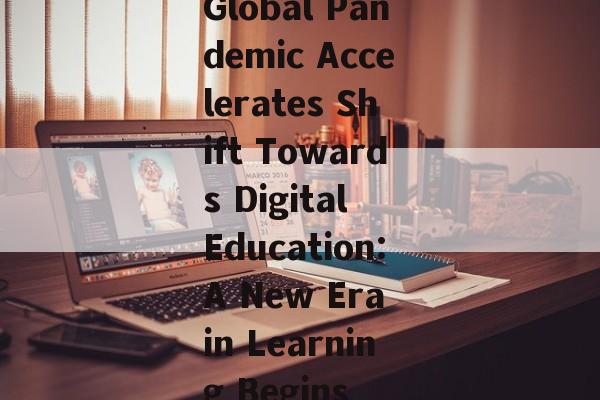Global Pandemic Accelerates Shift Towards Digital Education:A New Era in Learning Begins
Content:
In a world turned upside down by the COVID-19 pandemic, one of the most significant shifts has been the rapid transition from traditional classroom learning to digital education. This transformation, while unexpected, has become a hot topic worldwide, sparking debates and discussions about the future of education. This article delves into the latest developments in digital learning and explores how this new era in education is shaping up.
The Catalyst: The Global Pandemic
The COVID-19 pandemic forced schools and educational institutions across the globe to shut their doors, leaving millions of students without access to in-person learning. In response, educators, policymakers, and technology companies scrambled to find solutions that would ensure continuity in education. The result was a surge in the adoption of digital education platforms, which quickly became the new norm.
The Rise of Online Learning Platforms
The pandemic has seen a proliferation of online learning platforms, with some of the biggest names in tech stepping up to offer their services for free or at reduced rates. Companies like Google, Microsoft, and Zoom have seen their educational tools become integral to the new learning landscape. Additionally, dedicated educational platforms like Coursera, Udemy, and Khan Academy have experienced a surge in users, as students and teachers alike seek out alternative learning methods.
The Challenges of Digital Education
While the shift to digital education has brought about numerous benefits, it has also exposed several challenges. One of the most pressing issues is the digital divide, where students without access to reliable internet or suitable devices are left behind. This disparity has highlighted the need for governments and organizations to invest in infrastructure and provide support to those most affected.
Moreover, the absence of face-to-face interaction has led to concerns about the quality of education and the social development of students. Educators are working tirelessly to find ways to replicate the personal touch of traditional classrooms through online interactions, while also ensuring that students remain engaged and motivated.
Innovations in Digital Learning
Despite the challenges, the pandemic has also spurred innovation in digital education. Virtual reality (VR) and augmented reality (AR) technologies are being used to create immersive learning experiences, bringing subjects to life in ways that were previously unimaginable. Additionally, AI-driven personalized learning platforms are adapting to individual student needs, providing tailored content and support.
The Future of Education
As the world slowly emerges from the pandemic, the digital education landscape is expected to continue evolving. Experts predict that even after in-person learning resumes, a hybrid model will become the norm, with online and offline elements complementing each other. This hybrid approach will allow for flexibility, catering to different learning styles and needs.

The pandemic has also highlighted the importance of digital literacy and 21st-century skills. As technology continues to advance, the ability to navigate digital platforms, analyze information, and collaborate online will become increasingly crucial. Educational institutions are already rethinking their curricula to ensure that students are prepared for the digital age.
Conclusion
The shift towards digital education, accelerated by the global pandemic, has marked the beginning of a new era in learning. While challenges remain, the opportunities for innovation and improvement are vast. As the world adapts to this new normal, it is clear that digital education will play a pivotal role in shaping the future of learning. The coming years will undoubtedly see further advancements and a more inclusive, personalized, and engaging educational landscape.
相关文章
